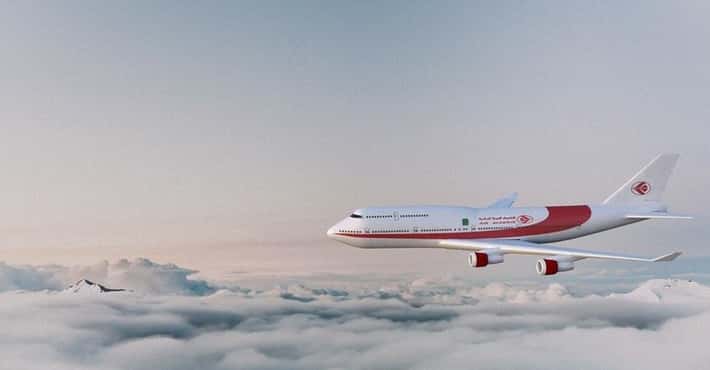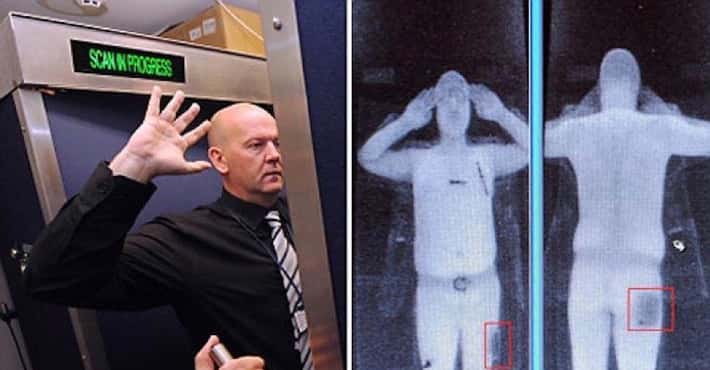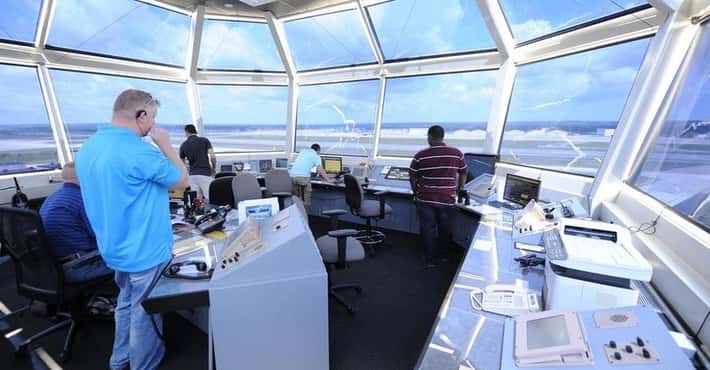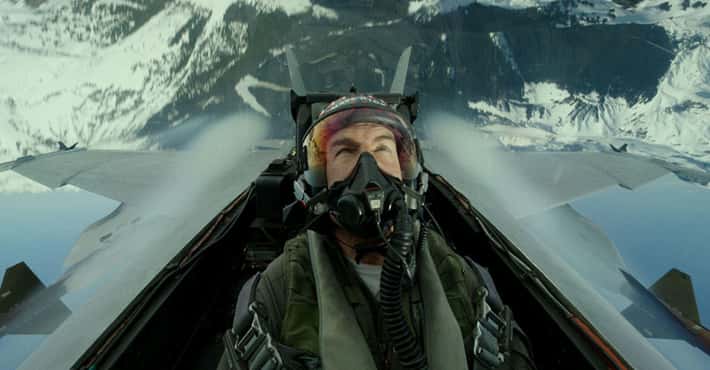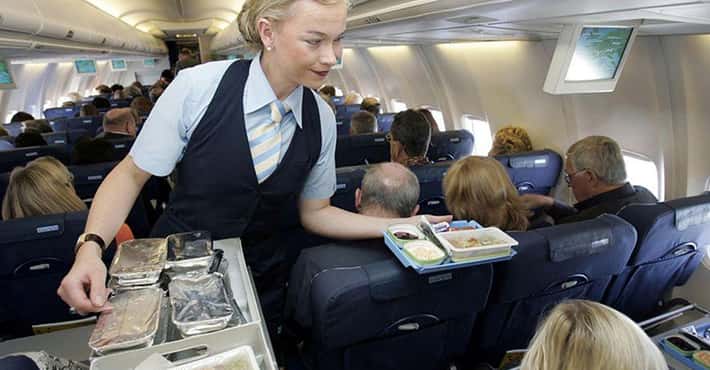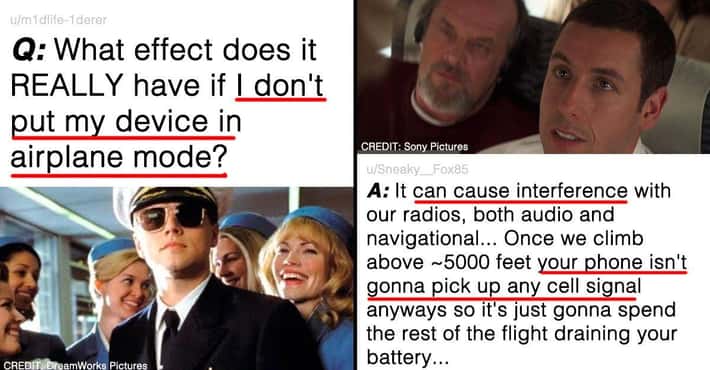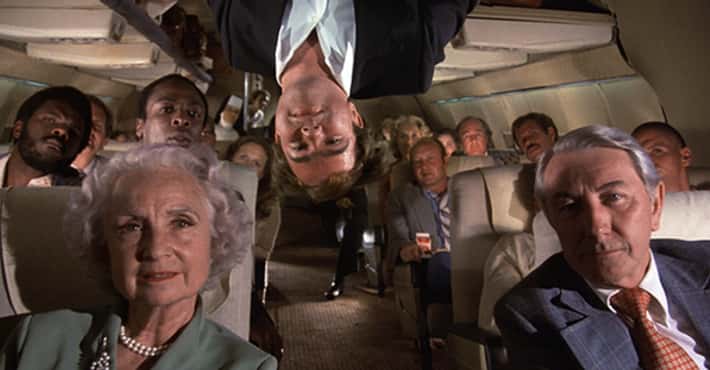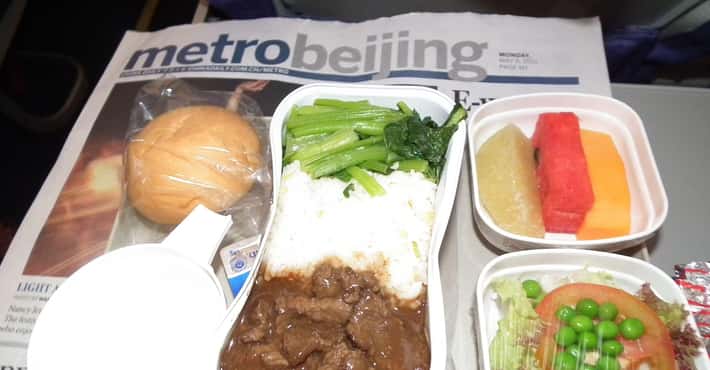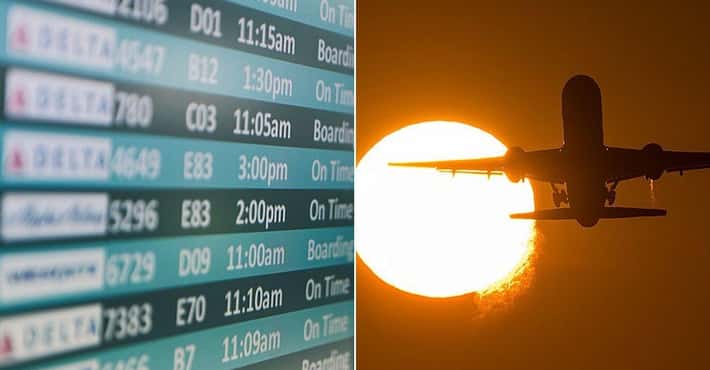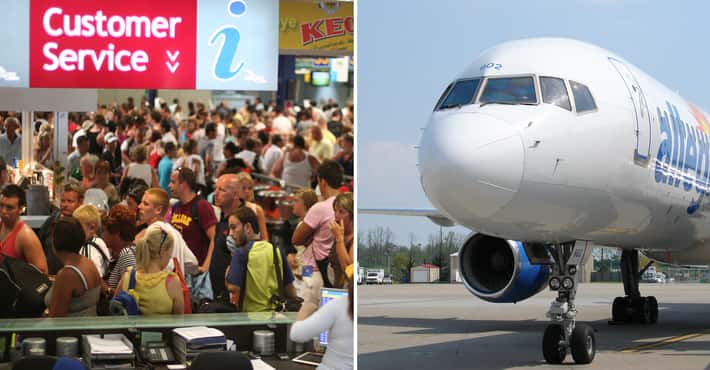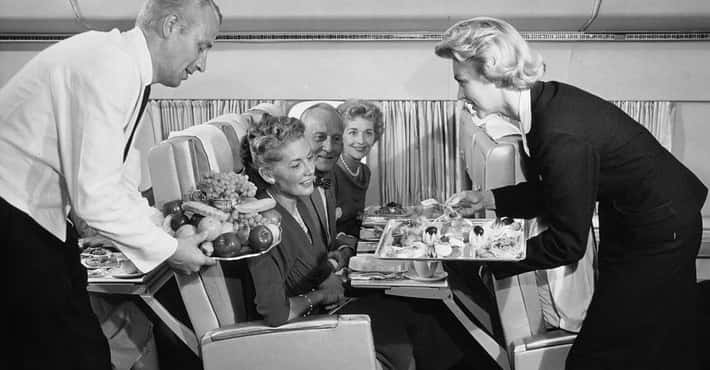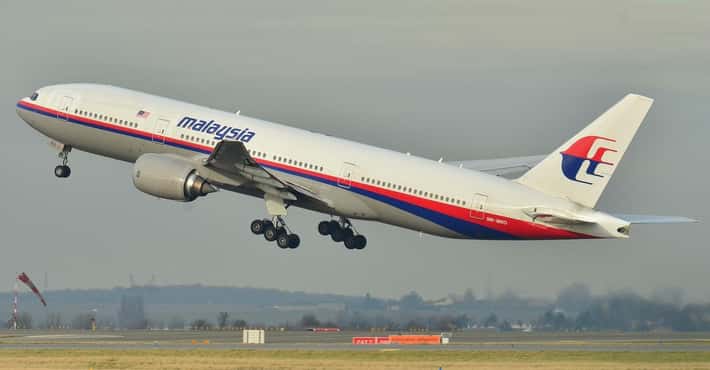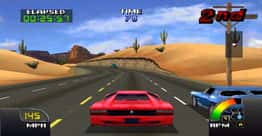Boeing Airplanes and Aircrafts
- Air Force One is the official air traffic control call sign of a United States Air Force aircraft carrying the President of the United States. In common parlance the term refers to those Air Force aircraft specifically designed, built, and used for the purpose of transporting the president. The Presidential aircraft is a prominent symbol of the American presidency and its power. The idea of designating specific military aircraft to transport the President arose in 1943, when officials of the United States Army Air Forces – the predecessor to the U.S. Air Force – became concerned with relying on commercial airlines to transport the President. A C-87 Liberator Express was reconfigured for use as a presidential transport; however, it was rejected by the Secret Service amid concerns over the aircraft's safety record. A C-54 Skymaster was then converted for presidential use; this aircraft, dubbed the Sacred Cow, transported President Franklin D. Roosevelt to the Yalta Conference in February 1945, and was subsequently used for another two years by President Harry S. Truman.
- Photo: Metaweb (FB) / Public domainThe Boeing Model 1, also known as the B & W Seaplane, was a United States single-engine biplane seaplane aircraft. It was the first Boeing product and carried the initials of its designers, William Boeing and Lt. Conrad Westervelt USN.
- Photo: Metaweb (FB) / Public domainThe Rockwell B-1 Lancer is a four-engine supersonic variable-sweep wing, jet-powered heavy strategic bomber used by the United States Air Force. It was first envisioned in the 1960s as a supersonic bomber with Mach 2 speed, and sufficient range and payload to replace the Boeing B-52 Stratofortress. It was developed into the B-1B, primarily a low-level penetrator with long range and Mach 1.25 speed capability at high altitude. Designed by Rockwell International, development was delayed multiple times over its history due to changes in the perceived need for manned bombers. The initial B-1A version was developed in the early 1970s, but its production was canceled, and only four prototypes were built. The need for a new platform once again surfaced in the early 1980s, and the aircraft resurfaced as the B-1B version with the focus on low-level penetration bombing. However, by this point, development of stealth technology was promising an aircraft of dramatically improved capability. Production went ahead as the B version would be operational before the "Advanced Technology Bomber", during a period when the B-52 would be increasingly vulnerable.
- Photo: Metaweb (FB) / Public domainThe Boeing B-17 Flying Fortress is a four-engine heavy bomber aircraft developed in the 1930s for the United States Army Air Corps. Competing against Douglas and Martin for a contract to build 200 bombers, the Boeing entry outperformed both competitors and exceeded the Air Corps' expectations. Although Boeing lost the contract because the prototype crashed, the Air Corps was so impressed with Boeing's design that they ordered 13 more B-17s for further evaluation. From its introduction in 1938, the B-17 Flying Fortress evolved through numerous design advances. The B-17 was primarily employed by the United States Army Air Forces in the daylight precision strategic bombing campaign of World War II against German industrial and military targets. The United States Eighth Air Force, based at many airfields in southern England, and the Fifteenth Air Force, based in Italy, complemented the RAF Bomber Command's nighttime area bombing in the Combined Bomber Offensive to help secure air superiority over the cities, factories and battlefields of Western Europe in preparation for the invasion of France in 1944.
- Photo: Metaweb (FB) / Public domainThe B-29 Superfortress is a four-engine propeller-driven heavy bomber designed by Boeing that was flown primarily by the United States toward the end of World War II and during the Korean War. It was one of the largest aircraft to have seen service during World War II and a very advanced bomber for its time, with features such as a pressurized cabin, an electronic fire-control system, and a quartet of remote-controlled machine-gun turrets operated by the fire-control system in addition to its defensive tail gun installation. The name "Superfortress" was derived from that of its well-known predecessor, the B-17 Flying Fortress. Although designed as a high-altitude strategic bomber, and initially used in this role against the Empire of Japan, these attacks proved to be disappointing; as a result the B-29 became the primary aircraft used in the American firebombing campaign, and was used extensively in low-altitude night-time incendiary bombing missions. One of the B-29's final roles during World War II was carrying out the atomic bomb attacks on Hiroshima and Nagasaki.
- Photo: Metaweb (FB) / Public domainThe Boeing B-47 Stratojet was a long range, six-engine, turbojet-powered strategic bomber designed to fly at high subsonic speed and at high altitude to avoid enemy interceptor aircraft. The B-47's primary mission was to drop nuclear bombs on the Soviet Union. With its engines carried in nacelles under the swept wing, the B-47 was a major innovation in post-World War II combat jet design, and contributed to the development of modern jet airliners. The B-47 entered service with the United States Air Force's Strategic Air Command in 1951. It never saw combat as a bomber, but was a mainstay of SAC's bomber strength during the late 1950s and early 1960s, and remained in use as a bomber until 1965. It was also adapted to a number of other missions, including photographic reconnaissance, electronic intelligence and weather reconnaissance, remaining in service as a reconnaissance aircraft until 1969 and as a testbed until 1977.
- Photo: Metaweb (FB) / Public domainThe Boeing B-50 Superfortress strategic bomber was a post–World War II revision of the Boeing B-29 Superfortress, fitted with more powerful Pratt & Whitney R-4360 radial engines, stronger structure, a taller fin, and other improvements. It was the last piston-engined bomber designed by Boeing for the United States Air Force. Not as well known as its direct predecessor, the B-50 was in USAF service for nearly 20 years. After its primary service with SAC ended, B-50 airframes were modified into aerial tankers for Tactical Air Command and as weather reconnaissance aircraft for the Air Weather Service. Both the tanker and hurricane hunter versions were retired in March 1965 due to metal fatigue and corrosion found in the wreckage of KB-50J, 48-065, which crashed on 14 October 1964.
- Photo: Metaweb (FB) / Public domainThe Boeing B-52 Stratofortress is a long-range, subsonic, jet-powered strategic bomber. The B-52 was designed and built by Boeing, which has continued to provide support and upgrades. It has been operated by the United States Air Force since the 1950s. The bomber is capable of carrying up to 70,000 pounds of weapons. Beginning with the successful contract bid in June 1946, the B-52 design evolved from a straight wing aircraft powered by six turboprop engines to the final prototype YB-52 with eight turbojet engines and swept wings. The B-52 took its maiden flight in April 1952. Built to carry nuclear weapons for Cold War-era deterrence missions, the B-52 Stratofortress replaced the Convair B-36. A veteran of several wars, the B-52 has dropped only conventional munitions in combat. The B-52's official name Stratofortress is rarely used; informally, the aircraft has become commonly referred to as the BUFF. The B-52 has been in active service with the USAF since 1955. As of 2012, 85 were in active service with nine in reserve.
- The Bell Boeing Quad TiltRotor is a proposed four-rotor derivative of the V-22 Osprey tiltrotor developed jointly by Bell Helicopter and Boeing. The concept is a contender in the U.S. Army's Joint Heavy Lift program. It would have a cargo capacity roughly equivalent to the C-130 Hercules, cruise at 250 knots, and land at unimproved sites vertically like a helicopter.
- Photo: Metaweb (FB)Blackstar is the reported codename of a secret United States orbital spaceplane system. The possible existence of the Blackstar program was reported in March 2006 by Aviation Week & Space Technology magazine; the magazine reported that the program had been underway since at least the early 1990s, and that the impetus for Blackstar was to allow the United States government to retain orbital reconnaissance capabilities jeopardized following the 1986 Challenger disaster. The article also said that the United States Air Force's Space Command was unaware of Blackstar, suggesting it was operated by an intelligence agency such as the National Reconnaissance Office. Aviation Week speculated that such a spacecraft could also have offensive military capabilities, a concept colloquially known as "The Space Bomber". The magazine also stated that it was likely that Blackstar would be mothballed, although it is unclear whether this is due to cost or failure of the program. The Aviation Week report was dismissed a few days later as "almost certainly bogus" and the project termed a "technical absurdity" by Jeffrey F. Bell in an article in Spacedaily.
- Photo: Metaweb (FB) / Public domainThe Boeing Model 200 Monomail was an American mail plane of the early 1930s.
- Photo: Metaweb (FB) / Public domainThe Boeing Model 247 was an early United States airliner, considered the first such aircraft to fully incorporate advances such as all-metal semimonocoque construction, a fully cantilevered wing and retractable landing gear. Other advanced features included control surface trim tabs, an autopilot and deicing boots for the wings and tailplane. "Ordered off the drawing board", the 247 first flew on February 8, 1933, and entered service later that year. Subsequently, development in airliner design saw engines and airframes becoming larger, and four-engined designs emerged, but no significant changes to this basic formula appeared until cabin pressurization and high altitude flight were introduced in the early 1940s with the first pressurized airliner, the 307 Stratoliner.
- The Boeing Model 307 Stratoliner was the first commercial transport aircraft to enter service with a pressurized cabin. This feature allowed the aircraft to cruise at an altitude of 20,000 ft, well above many weather disturbances. The pressure differential was 2.5 psi, so at 14,700 ft the cabin altitude was 8,000 ft. The Model 307 had capacity for a crew of five and 33 passengers. The cabin was nearly 12 ft across. It was the first land-based aircraft to include a flight engineer as a crew member.
- Photo: Metaweb (FB) / CC-BY
Boeing 367-80
The Boeing 367-80, or "Dash 80" as it was known at Boeing, is an American prototype jet transport built to demonstrate the advantages of jet aircraft for passenger transport. The Dash 80 was the prototype for the KC-135 Stratotanker and the 707 airliner. It was built in less than two years from project launch in 1952 to rollout on May 14, 1954. Its US$16 million cost was an enormous risk for the Boeing Company, which had no committed customers. Only one was built; it is now in the Steven F. Udvar-Hazy Center, an annex of the Smithsonian Institution's National Air and Space Museum at Washington Dulles International Airport in Virginia. - Photo: Metaweb (FB) / CC-BYThe Boeing 377 Stratocruiser was a large long-range airliner developed from the C-97 Stratofreighter military transport, a derivative of the B-29 Superfortress. The Stratocruiser's first flight was on July 8, 1947. Its design was advanced for its day, its innovative features included two passenger decks and a pressurized cabin, a relatively new feature to transport aircraft. It could carry up to 100 passengers on main deck plus 14 in lower deck lounge; typical seating was for 63 or 84 passengers or 28 berthed and five seated passengers. The Stratocruiser was larger than the Douglas DC-6 and Lockheed Constellation and cost more to buy and operate. Its reliability was poor, chiefly due to problems with the four 28-cylinder Pratt & Whitney Wasp Major radial engines and their four-blade propellers. Only 55 Model 377s were built for airlines, along with the single prototype.
- Photo: Metaweb (FB) / Public domainThe Boeing 80 was an American airliner of the 1920s. A three-engined biplane, the Model 80 was built by the Boeing Airplane Company for Boeing's own airline, Boeing Air Transport, successfully carrying both airmail and passengers on scheduled services.
Boeing A160 Hummingbird
The Boeing A160 Hummingbird is an unmanned aerial vehicle helicopter. Its design incorporates many new technologies never before used in helicopters, allowing for greater endurance and altitude than any helicopter currently in operation. The development of Hummingbird was begun by Frontier Aircraft. In May 2004, the company was acquired by Boeing and integrated into Boeing Phantom Works and then into the Advanced Systems group of Boeing Integrated Defense Systems. Early A160s were powered by modified Subaru automotive engines, but newer versions use Pratt & Whitney PW207D turboshaft engines. The A160 continued with developmental flight tests in 2010, but test flights have already demonstrated greater endurance, higher altitudes, more extensive autonomy, and greater payload. The program has ambitious goals of a 2,500-mile range, 24-hour endurance, and 30,000 ft altitude. Flights are largely autonomous, with the aircraft making its own decisions about how to fly itself so as to meet certain objectives, rather than relying on real-time human control. Maximum speeds are over 140 knots. The aircraft is 35 ft from nose to tail and has a rotor diameter of 36 ft.- Photo: user uploaded image
Boeing B-54
The Boeing B-54 was a medium bomber designed by Boeing for use by the United States Air Force. Derived from the YB-50C Superfortress, construction of the prototype was cancelled before completion, and the aircraft was never flown. - Photo: Metaweb (FB) / Public domainThe Boeing Bird of Prey was a black project aircraft, intended to demonstrate stealth technology. It was developed by McDonnell Douglas and Boeing in the 1990s. The company provided $67 million of funding for the project; it was a low-cost program compared to many other programs of similar scale. It developed technology and materials which would later be used on Boeing's X-45 unmanned combat air vehicle. As an internal project, this aircraft was not given an X-plane designation. There are no public plans to make this a production aircraft. It is characterized as a technology demonstrator.
- The Boeing Business Jet series are variants of Boeing jet airliners for the corporate jet market, initially the 737 series airliners. This aircraft usually seats between 25 and 50 passengers within a luxurious configuration. This may include a master bedroom, a washroom with showers, a conference/dining area, and a living area. The Boeing Business Jet is a 50/50 partnership between Boeing Commercial Airplanes and General Electric. The latest versions of the BBJs include configurations based on the Boeing 777, Boeing 787 and the Boeing 747-8 Intercontinental.
- C-127 was the designation for a proposed, large, turboshaft-driven transport aircraft to have been built in the early 1950s by the United States aircraft manufacturer Boeing for use by the nation's military forces. The project was canceled at an early stage. No aircraft were built. The original C-127 designation was given to a number of De Havilland Canada DHC-2 Beaver aircraft which were then redesignated L-20 before the aircraft entered service.
- Photo: Metaweb (FB) / Public domain
- The Boeing C-32 is a military passenger transportation version of the Boeing 757 for the United States Air Force. The C-32 provides transportation for United States leaders to locations around the world. The primary users are the Vice President of the United States, using the distinctive call sign "Air Force Two", the First Lady and the Secretary of State. On rare occasions, other members of the U.S. Cabinet and Congressional leaders have been authorized to fly aboard the C-32 for various missions. Presidents Barack Obama, George W. Bush and Bill Clinton have at times flown on a C-32 as Air Force One in place of the larger VC-25A.
- The Boeing Condor was a high tech test bed aerial reconnaissance unmanned aerial vehicle. It had a wingspan of over 200 feet, wider than that of a Boeing B-52. Powered by two 175 hp, six-cylinder opposed, twin turbo-charged liquid-cooled Continental TSOL-300-2 engines, it had a top speed of 230 mph. Carbon fiber composite materials made up the bulk of the Condor's fuselage and wings. Although the Condor had a very low radar cross-section and infrared signature, it was not a very stealthy aircraft, to the point that Boeing itself has referred to its "lack of stealth." This characteristic, coupled with its large size and slow speed, made it too vulnerable for use in military operations. The Condor was completely robotic, with an on board computer to communicate with the computers on the ground via satellite to control all facets of the Condor's missions. The Condor's frame was made of mainly Carbon-fiber-reinforced polymer composite, as it gives off very low radar and heat signatures. In 1989, the Condor set the world piston-powered aircraft altitude record of 67,028 feet and was the first aircraft to fly a fully automated flight from takeoff to landing.
- Photo: Metaweb (FB) / Public domain
Boeing E-4
The Boeing E-4 Advanced Airborne Command Post, with the project name "Nightwatch", is a strategic command and control military aircraft operated by the United States Air Force. The E-4 series was specially modified from the Boeing 747-200B. The E-4 serve as a survivable mobile command post for the National Command Authority, namely the President of the United States, the Secretary of Defense, and successors. The four E-4Bs are operated by the 1st Airborne Command and Control Squadron of the 55th Wing located at Offutt Air Force Base, near Omaha, Nebraska. An E-4B is denoted a "National Airborne Operations Center" when in action. - Photo: Metaweb (FB) / CC-BY-2.5
Boeing EC-135
The Boeing EC-135 was a command and control version of the C-135 Stratolifter. Modified for Operation Looking Glass mission, during the Cold War, EC-135 were airborne 24 hours a day to serve as flying command platforms for the military in the event of nuclear war. EC-135N served as tracking aircraft for the Apollo space program. - Photo: Metaweb (FB) / Public domainThe Boeing XF8B was a single-engine aircraft developed by Boeing during World War II to provide the United States Navy a long-range shipboard fighter aircraft. The XF8B was intended for operation against the Japanese home islands from aircraft carriers outside the range of Japanese land-based aircraft. Designed for various roles including interceptor, long-range escort fighter, dive-bomber and torpedo bomber, the final design embodied a number of innovative features in order to accomplish the various roles. Despite its formidable capabilities, the XF8B-1 was fated to never enter series production.
- Photo: Metaweb (FB) / Public domainThe Boeing GA-1 was an armored triplane. Designed in 1919, it was powered by a pair of modified Liberty engines driving pusher propellers. The first of the Engineering Division's heavily armored GAX series aircraft, the ponderous airplane was intended to strafe ground troops while remaining immune to attack from the ground as well as from other enemy aircraft. It was so well armored that its five-ton weight proved excessive.
- Photo: Metaweb (FB) / Public domain
Boeing KB-29
The Boeing KB-29 was a modified Boeing B-29 Superfortress for air refueling needs by the USAF. Two primary versions were developed and produced: KB-29M and KB-29P. The 509th and 43d Air Refueling Squadrons were created in 1948 to operate the KB-29M tankers. The 303d Bombardment Wing at Davis-Monthan AFB flew B-29s and KB-29s from 1951 to 1953 that provided training for strategic bombardment and air refueling operations to meet SAC's global commitments. Deployed at Sidi Slimane AB, French Morocco, Oct 5 - Nov 6, 1952.
































